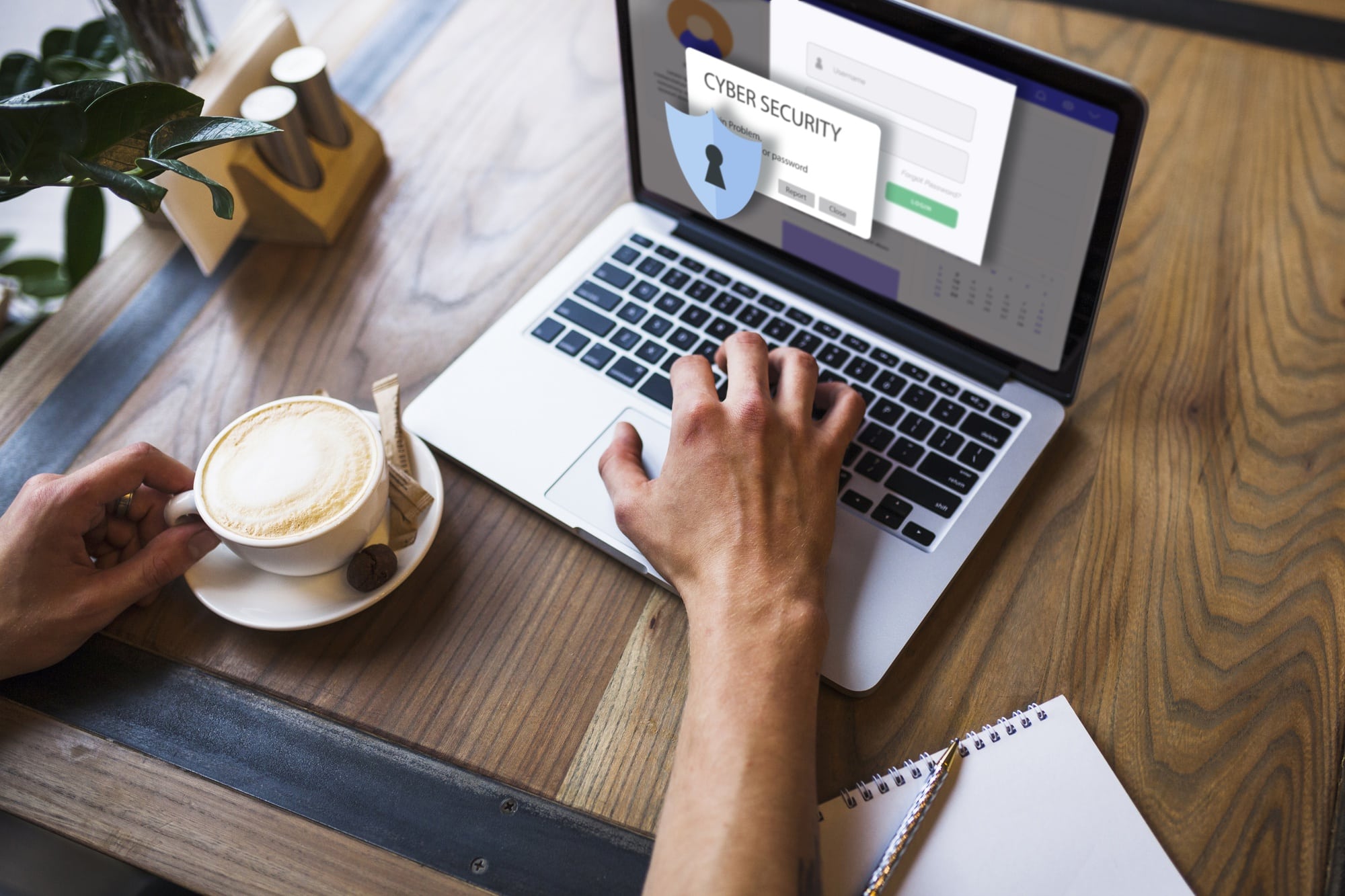how to protect your website from cyber attacks?
In today’s digital world, websites are prime targets for cyber attacks. Protecting your website from malicious actors is crucial for safeguarding your data, reputation, and user trust. Here are some key points to consider for Securing Your Website:
Secure Your Foundation:
Here are some essential steps to secure your website’s foundation and prevent potential security breaches:
1. Choose a reliable hosting provider:
- Look for a provider with a strong reputation for security and offers features like:
- Secure Socket Layer (SSL) certificates: These encrypt communication between your website and visitors, protecting sensitive information like login credentials and credit card details.
- Regular security updates and patching: Ensure your hosting provider promptly addresses security vulnerabilities in their systems and software.
- DDoS (Distributed Denial-of-Service) protection: This safeguards your website from malicious attempts to overwhelm it with traffic and render it unavailable.
- Backups: A reliable backup system ensures you can restore your website data in case of an attack or technical failure.
2. Use strong passwords and enforce password complexity:
- Implement a strong password policy that enforces complex passwords for all user accounts, including:
- A minimum length of 12 characters.
- A combination of uppercase and lowercase letters, numbers, and symbols.
- Encourage users to avoid reused or easily guessable passwords.
- Consider using multi-factor authentication (MFA) for an additional layer of security.
3. Keep your website software and plugins up to date:
- Regularly update your website’s core software, themes, and plugins. Outdated software often contains known vulnerabilities that attackers can exploit.
- Enable automatic updates whenever possible to ensure your website stays patched with the latest security fixes.
4. Secure your website administration panel:
- Limit access to your website’s administration panel (also known as the admin panel or CMS dashboard) to authorized users only using strong passwords and MFA.
- Consider using two-factor authentication for admin logins.
- Restrict access to the admin panel to specific IP addresses or locations if possible.
5. Use a web application firewall (WAF):
- A WAF acts as a shield, filtering incoming traffic to your website and blocking malicious activity like SQL injection attacks and cross-site scripting (XSS).
6. Regularly scan your website for vulnerabilities:
- Utilize vulnerability scanners to identify and address potential security weaknesses in your website’s code and configuration.
- Consider security testing services offered by professionals to conduct a comprehensive assessment of your website’s security posture.
7. Maintain regular backups:
- Regularly back up your website’s data, including files, databases, and settings.
- Store backups in a secure location separate from your website to ensure they are not compromised in an attack.
- Test your backup process regularly to ensure data can be restored successfully if needed.
8. Be cautious with third-party integrations:
- Carefully evaluate any third-party plugins or scripts you integrate into your website. Opt for reputable sources and keep them updated.
- Restrict permissions granted to third-party applications to minimize the potential attack surface.
9. Stay informed and educate yourself:
- Stay updated on the latest website security threats and best practices by following reputable sources and security blogs.
- Educate yourself and your team on secure coding practices and basic website security principles.
10. Consider professional help:
- If you lack the technical expertise or resources to manage website security, consider consulting with a website security professional or managed security service provider (MSSP) for guidance and ongoing support.
By following these steps, you can significantly improve your website’s security foundation and make it more resistant to attacks. Remember, website security is an ongoing process, and it requires constant vigilance and adaptation to evolving threats.
To read New trends in website design in 2024 Click on the link.

Prevent Unauthorized Access:
Preventing unauthorized access to your website requires a multi-layered approach, combining robust security measures with ongoing vigilance and adaptation. Here are several key strategies:
Authentication and Authorization:
- Strong passwords and Multi-factor Authentication (MFA): Enforce complex, unique passwords for all users and implement MFA for logins, adding an extra layer of verification beyond passwords. Consider password managers to help users create and manage strong passwords.
- Role-based access control (RBAC): Grant users access only to the information and functionalities necessary for their roles, minimizing the potential damage if their credentials are compromised.
- Session management: Implement secure session management practices, including setting timeouts for inactive sessions and invalidating them upon logout or extended inactivity.
- Regular user account reviews: Regularly review user accounts, removing inactive or unused ones to minimize potential attack vectors.
Input Validation and Sanitization:
- Thorough input validation: Ensure user input is validated to match expected formats and prevent malicious code injection (e.g., SQL injection, XSS). Validate data types, lengths, and allowed characters.
- Rigorous input sanitization: Sanitize all user input before processing it, removing any potentially harmful characters or code that could exploit vulnerabilities.
Security Practices:
- Secure coding practices: Follow secure coding guidelines to identify and address potential vulnerabilities in your website’s code, such as buffer overflows and insecure direct object references.
- Regular security scans and penetration testing: Conduct regular security scans to identify vulnerabilities in your website and applications. Consider penetration testing by security professionals to simulate real-world attacks and uncover deeper security weaknesses.
- Web Application Firewall (WAF): Implement a WAF to filter incoming traffic and block malicious requests like SQL injection attempts and cross-site scripting attacks.
- User activity monitoring: Monitor user activity for suspicious behavior and implement tools to detect and respond to potential security incidents.
Please click to see website design examples.
Additional Measures:
- Software updates: Regularly update your website’s core software, themes, plugins, and libraries to address known vulnerabilities and patch security holes.
- Secure protocols: Ensure your website uses HTTPS to encrypt communication between the website and visitors, protecting sensitive data like login credentials and credit card details.
- Secure server configuration: Harden your server configuration by disabling unnecessary services and functionalities, following security best practices for operating systems and web servers.
- Security awareness: Educate your development and operations teams on security best practices and raise awareness about potential threats and common attack methods.
Remember:
- Continuous effort: Website security is an ongoing process. It requires constant vigilance, adaptation to evolving threats, and staying updated on the latest security best practices.
- Seek professional help: If you lack the technical expertise or resources to manage website security, consider consulting with security professionals or managed security service providers (MSSPs) for guidance and ongoing support.
By implementing these comprehensive strategies and maintaining a proactive approach, you can significantly reduce the risk of unauthorized access to your website and protect your users’ data.
Protect Against Common Attacks:
- SQL Injection: Validate and sanitize all user input to prevent malicious code injection attempts.
- Cross-Site Scripting (XSS): Implement proper input validation and output encoding to prevent attackers from injecting malicious scripts into your website.
- Cross-Site Request Forgery (CSRF): Use CSRF tokens to prevent unauthorized actions on your website.
Stay Informed and Proactive:
- Vulnerability Scanning: Regularly scan your website for vulnerabilities and patch them promptly. Consider using automated vulnerability scanning tools.
- Security Awareness Training: Educate your team about cybersecurity best practices and common attack methods.
- Stay Updated: Keep yourself informed about the latest security threats and vulnerabilities. Subscribe to security advisories and follow reliable security blogs.
Consider Additional Security Measures:
- Web Application Firewall (WAF): Implement a WAF to filter and block malicious traffic before it reaches your website.
- Content Delivery Network (CDN): Utilize a CDN to distribute your website’s content geographically, reducing the impact of DDoS attacks.
- Regular Backups: Regularly back up your website data and store backups securely off-site to ensure quick recovery in case of an attack.
Remember, security is an ongoing process, not a one-time fix. By implementing these measures and staying vigilant, you can significantly improve your website’s security and protect yourself from cyber attacks.
To read Content marketing strategy: how to attract our audience and convert them into customers with content? Click on the link.








